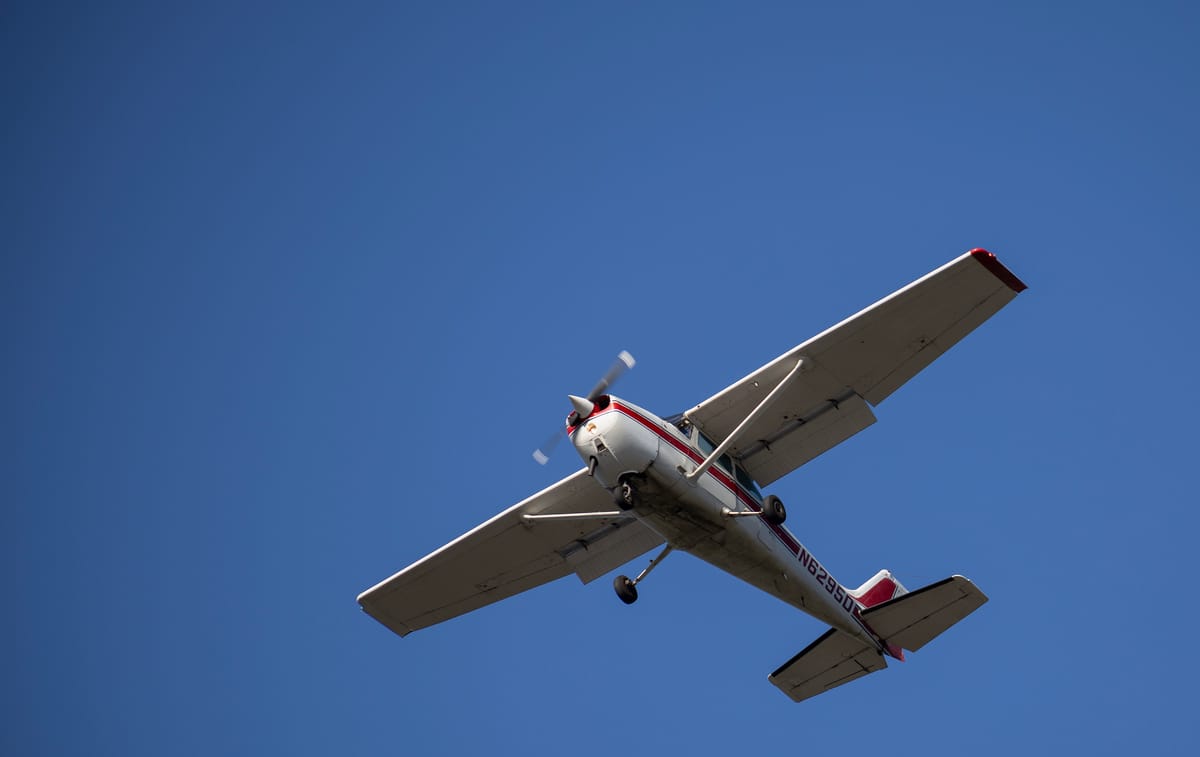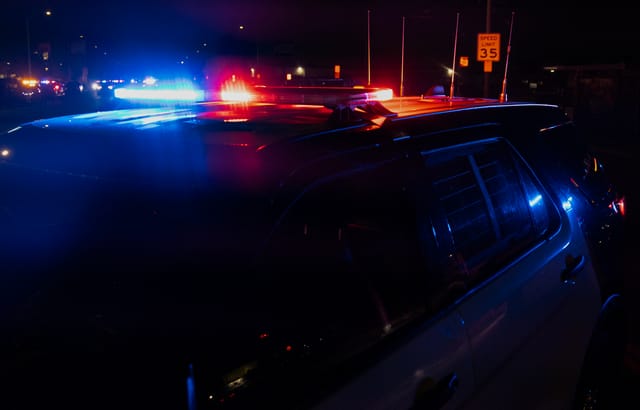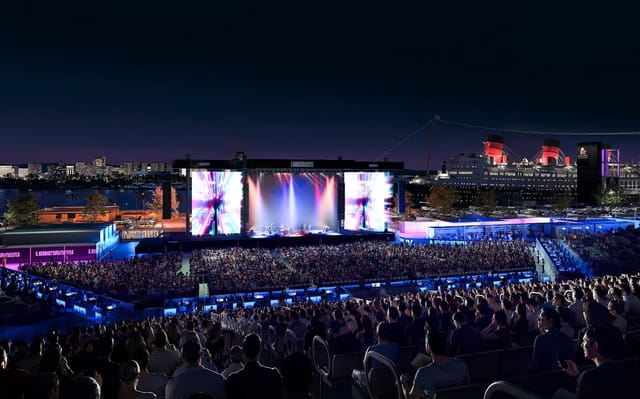Long Beach Airport boasts increased unleaded fuel sales; critics are unimpressed
According to city data, unleaded aviation fuel only makes up 2% of fuel deliveries from October through February.

Long Beach residents who live adjacent to Long Beach Airport or have children who attend school beneath its busy flight paths, for years, have decried the use of harmful leaded fuel by small aircraft, which remains in use decades after being banned in cars.
Last week, the city boasted a milestone: more than 3,000 gallons of subsidized unleaded fuel sales. Mayor Rex Richardson in a statement said the city is “proud to be at the forefront of the transition to unleaded aviation fuel.”
Those concerned residents, however, were quick to point out that the figure is only a tiny fraction of fuel sold for general aviation use at Long Beach.
From October through February, 3,537 gallons of unleaded aviation fuel, or avgas, was delivered to Long Beach, according to city data. During that same time, a total of 173,065 gallons of avgas were received, meaning unleaded fuel made up only 2% of deliveries.
Of the unleaded fuel delivered, 3,359 had been sold as of the city’s announcement.
“The data speaks for itself — the program is fundamentally ineffective and has failed to reduce lead exposure at Long Beach Airport,” said Lisa Dunn, a co-founder of the Small Aircraft NoisE Reduction group, or SANeR, a community organization fighting back against noise and air pollution originating from the airport.
Dunn is referring to the city’s Fly Friendly Program, which asks operators to be more conscious of the community they operate in by flying only during reasonable hours to limit noise as well as transitioning to unleaded fuel. The 100% voluntary initiative includes SAFE — the Subsidized Aviation Fuel for the Environment program, which was launched by the city in May 2024 to offset the price of unleaded avgas to encourage its use.
Unleaded fuel was introduced at Long Beach in August 2023, but due to its higher price tag — about $4 more per gallon than the standard leaded avgas — it was not being sold. The city allocated $200,000 in subsidies ($13,000 of which has been used) to allow fixed-base operator Signature to sell unleaded fuel for the same price. But for months the unleaded fuel was still not selling.
“The reported reduction is negligible at best, underscoring the need for a more strategic and results-driven approach,” Dunn said. “Their claims simply don’t hold up under scrutiny.”
The initial August 2023 delivery of 992 gallons of unleaded avgas was not replenished until October of last year when 695 gallons were delivered, records show. Each month from then on the airfield received between 673 and 726 gallons of unleaded fuel, while leaded fuel deliveries ranged from 32,071 to 40,115 gallons.
A portion of the uptick in sales is due to flight school Aces High Aviation purchasing unleaded fuel through the subsidy program, according to airport spokesperson Kate Kuykendall.
“It’s also important to note that other flight schools and pilots that operate at LGB are using unleaded fuel, although they may not be purchasing it through the subsidy program,” Kuykendall said.
Sling Pilot Academy, the city’s newest flight school, for example, exclusively flies on unleaded fuel, but does not purchase it through the program, Kuykendall said. A portion of the Angel City Flyers fleet also uses unleaded fuel, which is purchased at a different location, also not through the subsidy program, she added.
“[The announcement] provides an update on the subsidy program, but it does not capture the full extent of the use of unleaded fuel by aircraft that operate at LGB,” Kuykendall said. “[Data] shows that we are making steady progress, but there is more work to be done.”
Kuykendall said airport staff has been increasing its educational outreach through the Fly Friendly program, including more regular meetings with flight schools and the general aviation community at large.
“At the same time, the airport is closely monitoring developments in the industry related to unleaded fuels and looking for additional methods to incentivize its use,” Kuykendall said, adding that staff is working with federal legislators to receive additional funding for the subsidy program.
The unleaded fuel currently available at Long Beach, Swift Fuels’ UL94, is only compatible with about 65% of the piston-powered aircraft that operate there. The remaining planes require a higher 100 octane fuel.
The Federal Aviation Administration prevents federally funded airports (any airport that has received federal grants), which Long Beach is, from outright banning leaded fuel until an unleaded alternative is available, Kuykendall said. There is, however, such a fuel on the market already.
General Aviation Modifications, Inc., or GAMI, received FAA approval of its G100 unleaded fuel in September 2022. While large-scale manufacturing and distribution took time to establish, the fuel is currently available in at least two airports, including Reid-Hillview Airport is San Jose.
“So why isn’t Long Beach Airport using it?” Dunn asked.
We need your support.
Subcribe to the Watchdog today.
The Long Beach Watchdog is owned by journalists, and paid for by readers like you. If independent, local reporting like the story you just read is important to you, support our work by becoming a subscriber.





